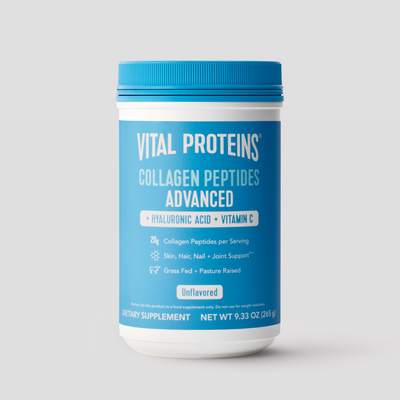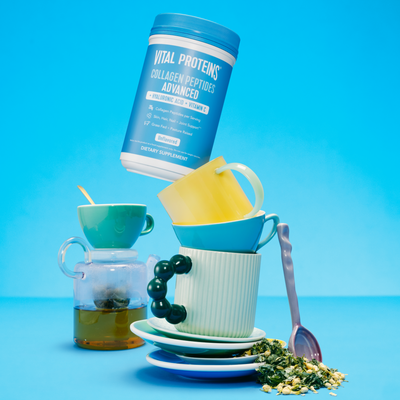Two brothers are out to change the sport of running to make it more inclusive for all. Kyle and Brent Pease are brothers who compete in Ironman Triathlons and other races as a duo. Brent pushes Kyle, who has cerebral palsy, in a wheelchair as the two swim, bike and run their way through the course.
Lively note:An Ironman Triathlon involves a 2.4-mile swim, a 112-mile bike and a 26.2-mile run.
They also run the Kyle Pease Foundation — which was started with the mission to create awareness and raise funds to promote success for persons with disabilities by providing assistance to meet their individual needs through sports.
Livelycaught up with them to find out about how they got started, what it's like to race together, and the mission of the Kyle Pease Foundation.
Lively: What inspired the Kyle Pease Foundation?
Kyle Pease:I was inspired after watching Brent at Ironman Louisville, and I always wanted to be an athlete, but I didn't know it was going to be endurance sports.
After watching Brent compete for 12 hours, I was amazed by what he and the other athletes did. I have cerebral palsy, so I asked if people in wheelchairs could do an Ironman.
I created the foundation because I wanted other people to experience the same opportunities that my parents and Brent and others have.
Brent Pease:I did myfirst Ironman in 2010, and it captivated Kyle. He saw what everybody was doing and thought, "I can do this." It was really Kyle’s doing after that first race, and people really gravitate toward him.

L: Can you tell us more about the Kyle Pease Foundation?
KP: The foundation’s mission is to improve the lives of individuals with disabilities through endurance sports, from a 5K to an Ironman. We pay regardless of need for every athlete, and provide volunteers and people to push the wheelchair in the race.
We provide a sense of hope and purpose.
BP: In 2019, the last full year we had, we supported 82 families. And not everybody has a brother, father, sister, mom to push them in a race, so we have volunteers we can pair them with. We help set up practice runs, then can offer coaching or tips they need to get ready. Physically pushing a human in a race is a demanding task.
L: What was it like to be able to compete in an Ironman together?
KP:I really like competing in them, because they challenge me, physically and mentally. I really focus on what the course is and I'm very stubborn — If I want to do something, I’m going to do it. I really think that the mental side of the Ironman is what is very cool to me.
BP:It's a really cool experience. It can be easy for people to look at pictures or videos and think 'Brent does all the work, what does Kyle do?' but he gets the same workout and type of experience.
L: What is training like?
BP: About 10 to 12 weeks out from a big race, we really start training together, doing 12 to 14 hours a week depending on what the race is. For an Ironman, it’s usually putting in 25-hour weeks, and 10 to 12 of those are with Kyle.
KP: I have cerebral palsy, so it takes me out of my comfort zone. Just like any other athlete, very tired and sore. My body is not really used to being on a bike for 8 or 9 hours. It’s hard, for sure.
L: What are your favorite Vital Proteins® products?
BP: I use Collagen Peptides daily in my coffee. Then before long rides or runs, I’ll take Vital Performance™ PRE and use the RECOVER after.
L: How can others get involved in helping make sports more accessible for all?
KP: For one, if people want to get involved with the Kyle Pease Foundation, they can fill out a volunteer application.
Overall, I think that there has been great strides with inclusivity for athletes with disabilities, but I also believe we have a long way to go. It’s important to open doors and break barriers for everybody and make sure that able or disabled bodies, we all have opportunities. Be willing to give the opportunity to other people that can’t do it on their own.
And, I always say that we love donations because it's the backbone of what we do.Without the generous donors, none of this is possible.
BP: I think it's a conversation that's never ending and one that should always be welcomed. The core of what we do is inclusion. It's all about finding ways to include everybody, which is a challenging and difficult task. I say keep asking the hard questions, look for people that can teach you and connect you with others with the same mission.















